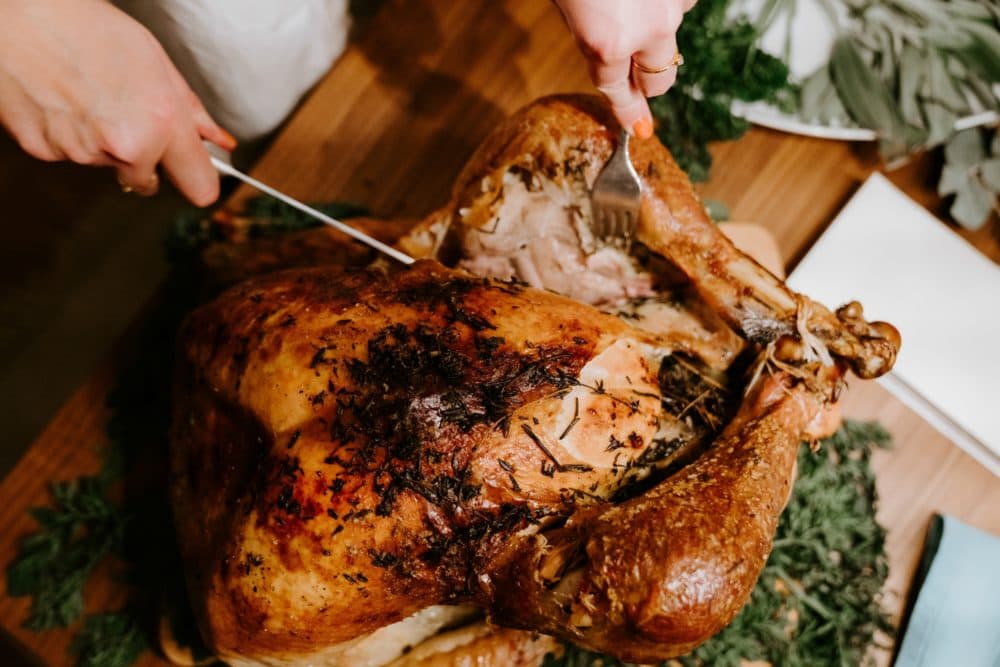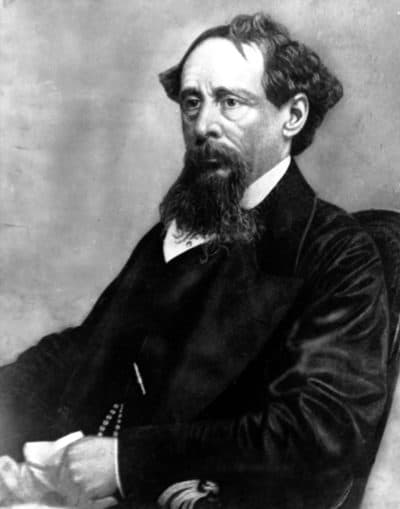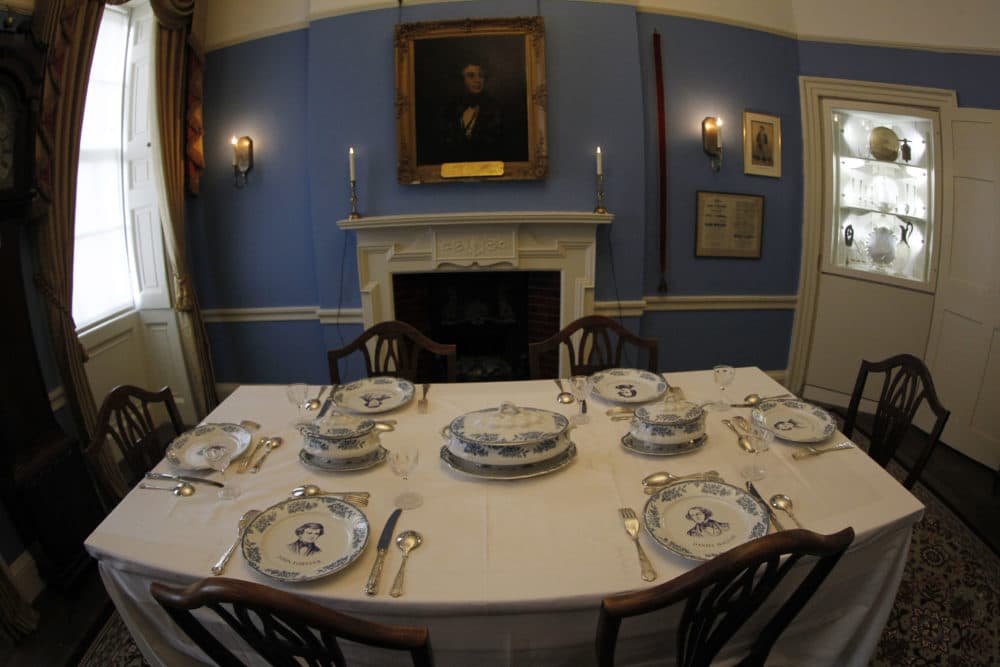Advertisement
Commentary
Charles Dickens Was The Greatest Christmas Food Writer Of Them All

At this festive time of year, it is more than usually desirable that we should make some slight provision for reading great food writers before preparing Christmas’s traditional fare. And the greatest of them all is the one I just plagiarized:
Charles Dickens.
Not Nigella Lawson, Christopher Kimball or other contemporary luminaries who have taken up both pen and carving knife. They all labor in the shadow of "A Christmas Carol," wherein Dickens, back in 1843, crafted what remains, 176 years later, the most mouth-watering description of a yuletide feast ever penned.

Reading about the Cratchits’ famous Christmas dinner, my stomach never fails to growl.
“Mrs. Cratchit made the gravy (ready beforehand in a little saucepan) hissing hot; Master Peter mashed the potatoes with incredible vigour; Miss Belinda sweetened up the apple-sauce. … At last the dishes were set on, and grace was said. It was succeeded by a breathless pause, as Mrs. Cratchit, looking slowly all along the carving-knife, prepared to plunge it in the breast; but when she did, and when the long expected gush of stuffing issued forth, one murmur of delight arose all round the board. … The youngest Cratchits in particular, were steeped in sage and onion to the eyebrows!”
Dickens’s impoverished childhood formed the sad backdrop to his joyous depiction of holiday feasting. “He knew what it was like to be hungry,” says historian Pen Vogler. What we call food insecurity plays a role in many of his novels; goose was the poor man’s Christmas meal, Vogler says, as opposed to the costlier turkey that the reformed Scrooge bestows on his clerk at the Carol’s conclusion.
Each Dec. 25, I replicate the Cratchits' holiday dinner, adjusted for the evolving tastes of adulthood. A vegetarian, I’ll plunge my own knife into a grain-based roast (I’m unsure if it has a “breast”), leaving the choice of a family entre to my omnivore relations. We enjoy potatoes, applesauce and plum pudding. Whereas Bob Cratchit served after-dinner chestnuts, I make homemade chestnut soup as an appetizer.
Each Dec. 25, I replicate the Cratchits' holiday dinner, adjusted for the evolving tastes of adulthood.
Unlike those other writers I mentioned, Dickens didn’t publish recipes. Others did that for him. In my childhood, New York Times food writer Craig Claiborne (for readers born too late for landlines and vinyl records, he basically invented restaurant reviews) created updated recipes “to duplicate within reason” the goose, applesauce and pudding arrayed on Bob Cratchit’s table.
Gushing with praise as profuse as the Cratchits’ stuffing, Claiborne noted, “Rarely have words captured better the sights and sounds of a holiday table.” Contemporary food mavens continue suggesting how to prepare Dickens’s iconic food items.

I’m less adroit in the kitchen, so my versions are store-bought for simple reheating, garnishing and/or serving. That’s especially helpful with the meal’s piece de resistance, the plum pudding. The most traditional part of Christmas feasting, this medieval invention consumes at least a couple of hours, and in some versions a couple of days, when made from scratch. I prefer the perfectly fine, pre-made vegetarian or vegan ones (puddings originally included meat) that can be bought and steamed in under an hour.
Holiday meals and other rituals anchor us, at least briefly, with their dependable regularity in the ever-rushing waters of living.
Dickens’s dinner was hardly literature’s first nod to holiday eating. Centuries of English writers had mentioned their eras’ typical Christmas items, and a quarter-century before the Carol, American Washington Irving referred to dishes on an English squire’s yule table. But these earlier efforts amounted to a mere listing, devoid of the delicious details with which Dickens infused his meal.
The Carol’s menu, and other longtime customs from many places (Christmas Eve feast of seven fishes, anyone?) are about more than gustatory gratification. Life, health, good fortune — these are or can be fleeting. Holiday meals and other rituals anchor us, at least briefly, with their dependable regularity in the ever-rushing waters of living. They’re something to savor, pass on to the kids, and share as a community, whether at a family dinner table or a public Carol reading.
Like "Merry Christmas," or "Happy Holidays" if you prefer, they remind us, and I’m plagiarizing again, that other people really are fellow-passengers to the grave, and not another race of creatures bound on other journeys.
